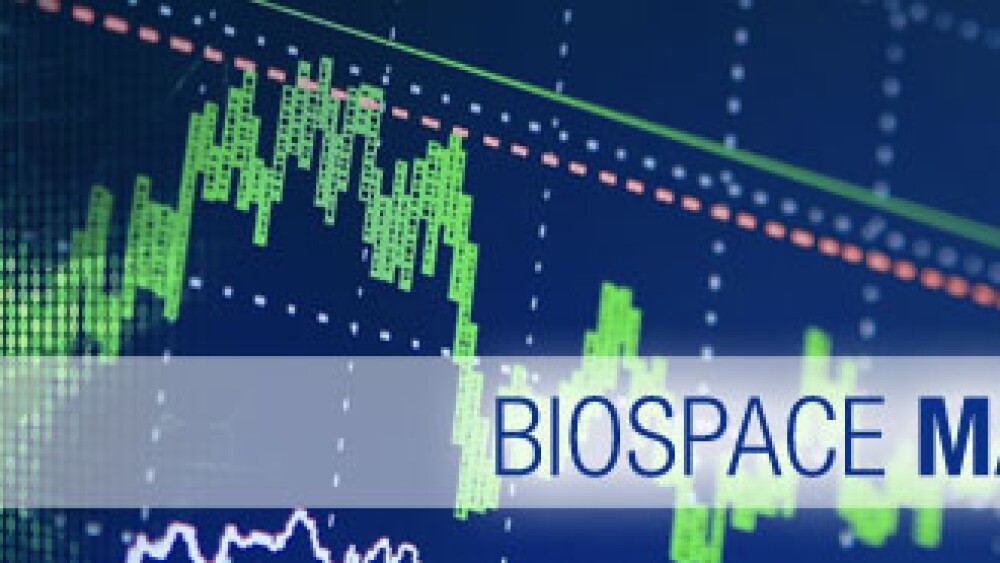September 30, 2014
By Riley McDermid, BioSpace.com Breaking News Sr. Editor
If Botox maker Allergan Inc. survives a hostile takeover attempt by larger rival Valeant Pharmaceuticals International , and manages to consummate its proposed deal with biopharma Salix, the resulting merged company would be a very attractive target for either AbbVie or Actavis , said Cowen Group analysts Ken Cacciatore and Tyler Van Buren in a long-form analysis of the biotech industry.
Titled “Biotechnology: Our View On The Likely Accelerating Industry Consolidation–Buckle Up,” Van Buren and Cacciatore argue that Wall Street has been far too slow—and much too unimaginative—in envisioning how biotech could look if all these deals are consummated.
The two wrote in a note to investors that a proforma Allergan-Salix entity would reasonably trade to the $205-$215 per share level, with pipeline success with such drugs as Darpin and Latisse—and with proper capital deployment it could reach as high as $235-240. Interestingly, the two said if Allergan-Salix were to survive the Valeant vote as a standalone entity, AbbVie Forest would very much like to approach that asset for a friendly takeover/merger.
“We believe the strategic rationale for both AbbVie/Shire and Actavis-Forest approaching Allergan-Salix would be strong. We find it difficult to believe that Actavis-Forest would be involved in a Salix bidding process now against Allergan as it should be clear to not great – assets then purchased Warner-Chilcott which brought a tax inversion, and then good--not great-–branded assets,” wrote Cacciatore and Van Buren.
This accumulation of good–but not great–assets then bought Forest, which in their view demonstrated the “exceedingly successful execution” by Actavis’ CEO and Chairman Paul Bisaro.
However, the two noted that most fundamental shareholders were selling FRX stock at around $70, not buying it like Actavis did at about $90, since its portfolio was underleveraged, meaning too few products to support each of its therapeutic-focused sales forces, and with duration issues on some of its key assets.
“What Forest needed was to more aggressively buy complementary products and businesses, which new CEO Brent Saunders was very successfully executing ahead of the combination,” they wrote. “The Actavis-Forest combination will continue to work on leveraging the Forest commercial infrastructure with a now bigger balance sheet, better combined cash flows, and a tax-advantaged status.”
Going forward, Cowed projects that transactions that resemble the Furiex purchase make significant strategic sense, as it brings a potential $1 billion opportunity, with long-duration, while utilizing only a quarter (roughly $1.2 billion in total purchase price) of Actavis-Forest’s annual cash flow.
“The question is what other assets could Actavis-Forest buy, along with whether Pfizer will, for predominantly tax reasons, seek to purchase Actavis-Forest,” the two concluded. “As for what will Actavis-Forest potentially purchase the list is long. In addition to either Allergan or Salix, which for reasons described earlier we believe won’t be attempted to be purchased yet, there are other such assets.”
These include Alkermes plc , for its CNS portfolio; Acadia Pharmaceuticals, Inc. , to complement its limited anti-infectives portfolio; Cubist Pharmaceuticals, Inc. , which will be primarily a psychiatric call point, not neurology, given psychiatrists are often referred patients with Parkinson’s induced psychosis; Meda, Intra-Cellular Therapies, Inc., novel antipsychotic; and a host of others.





